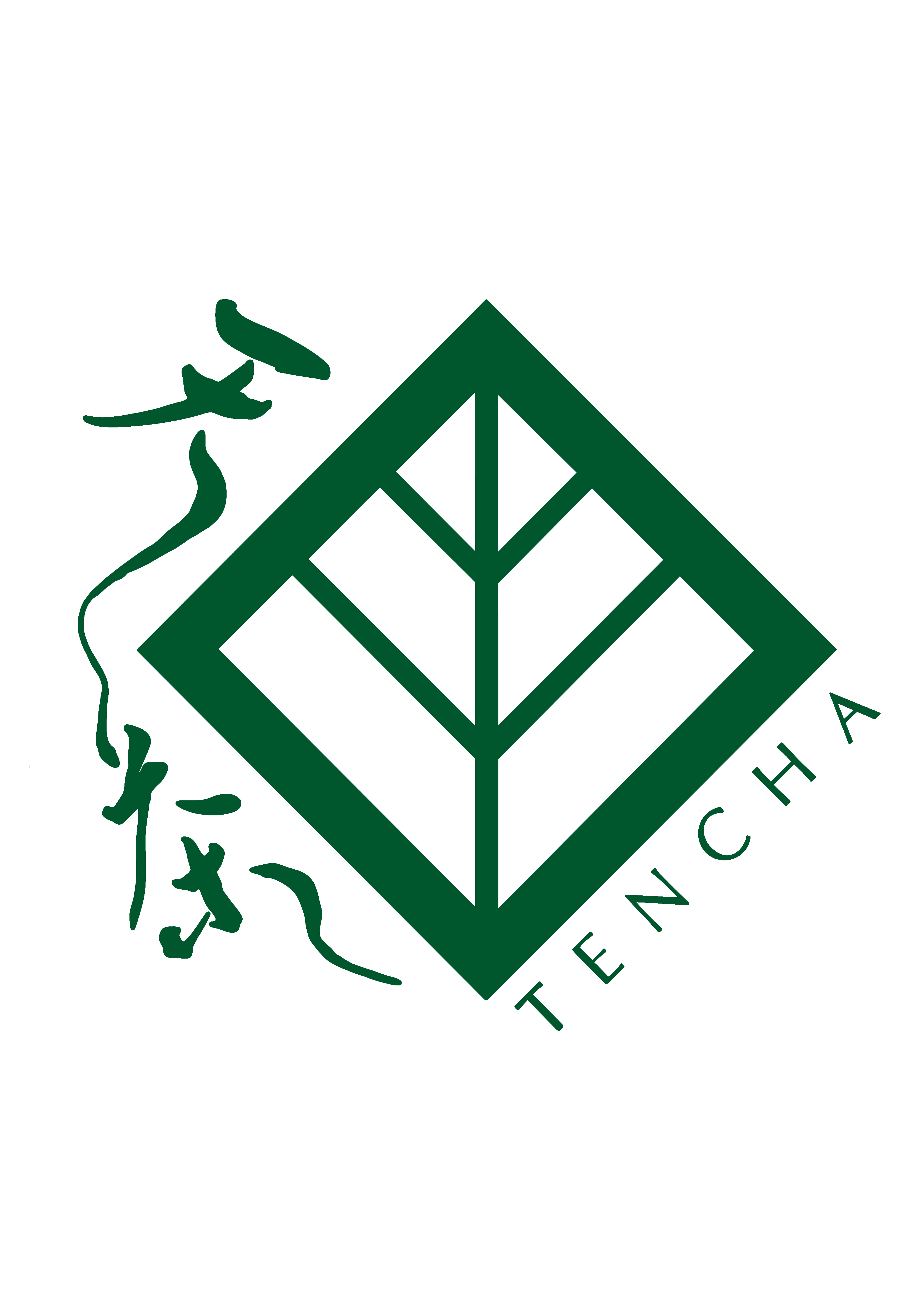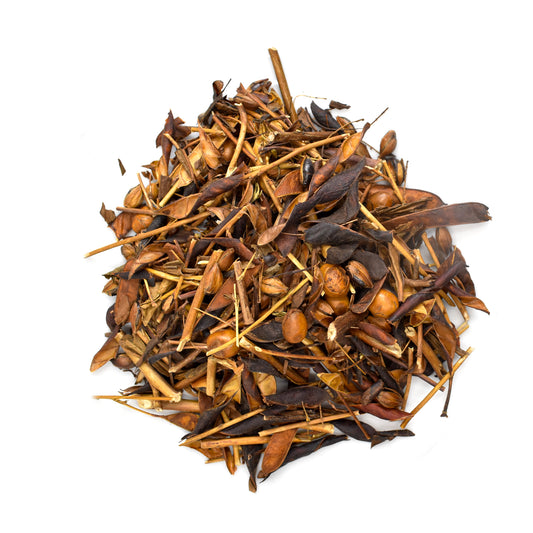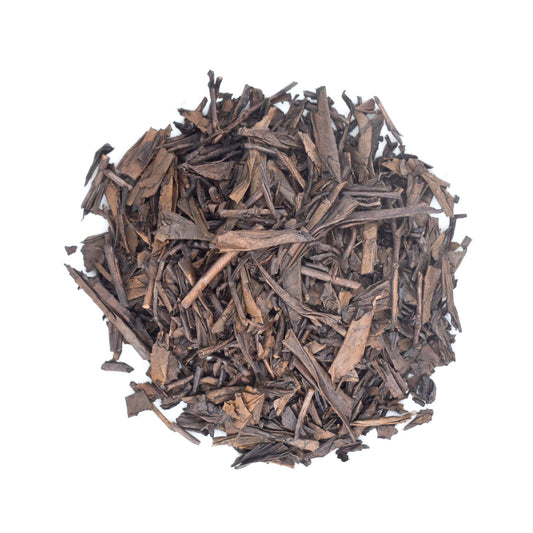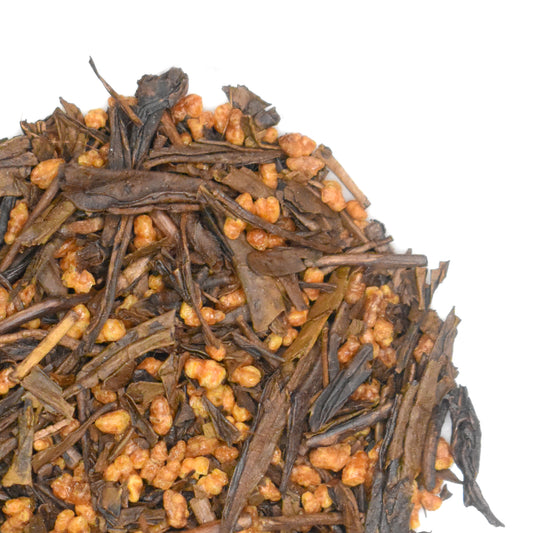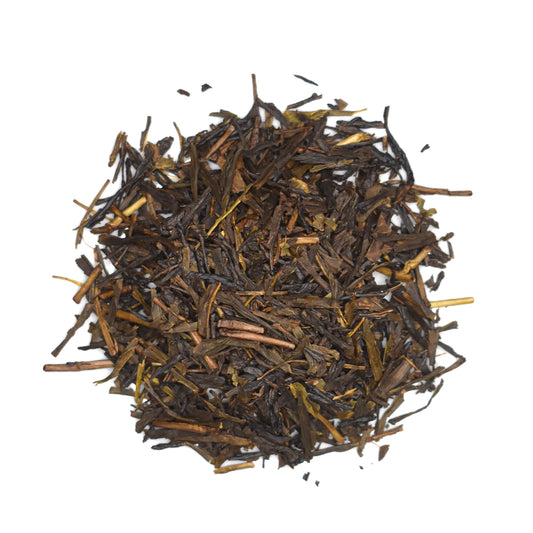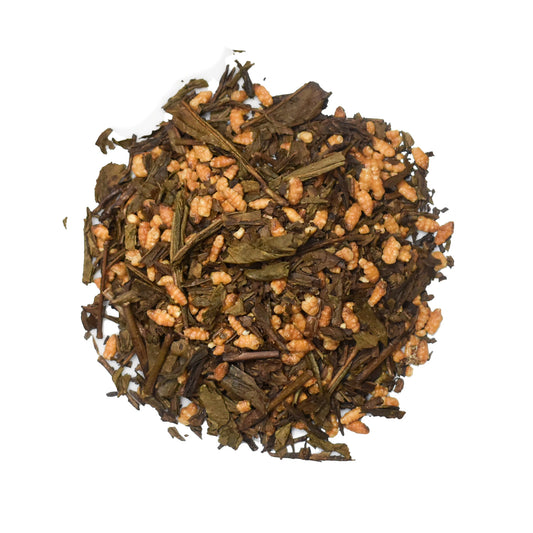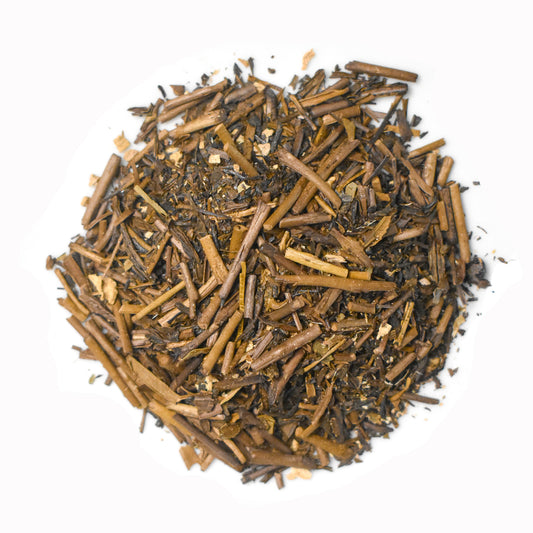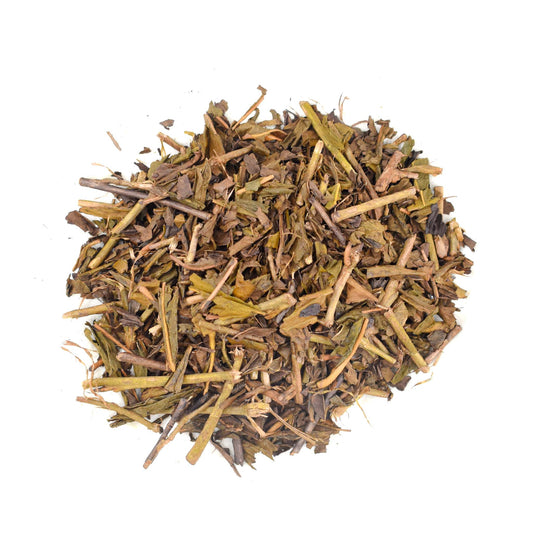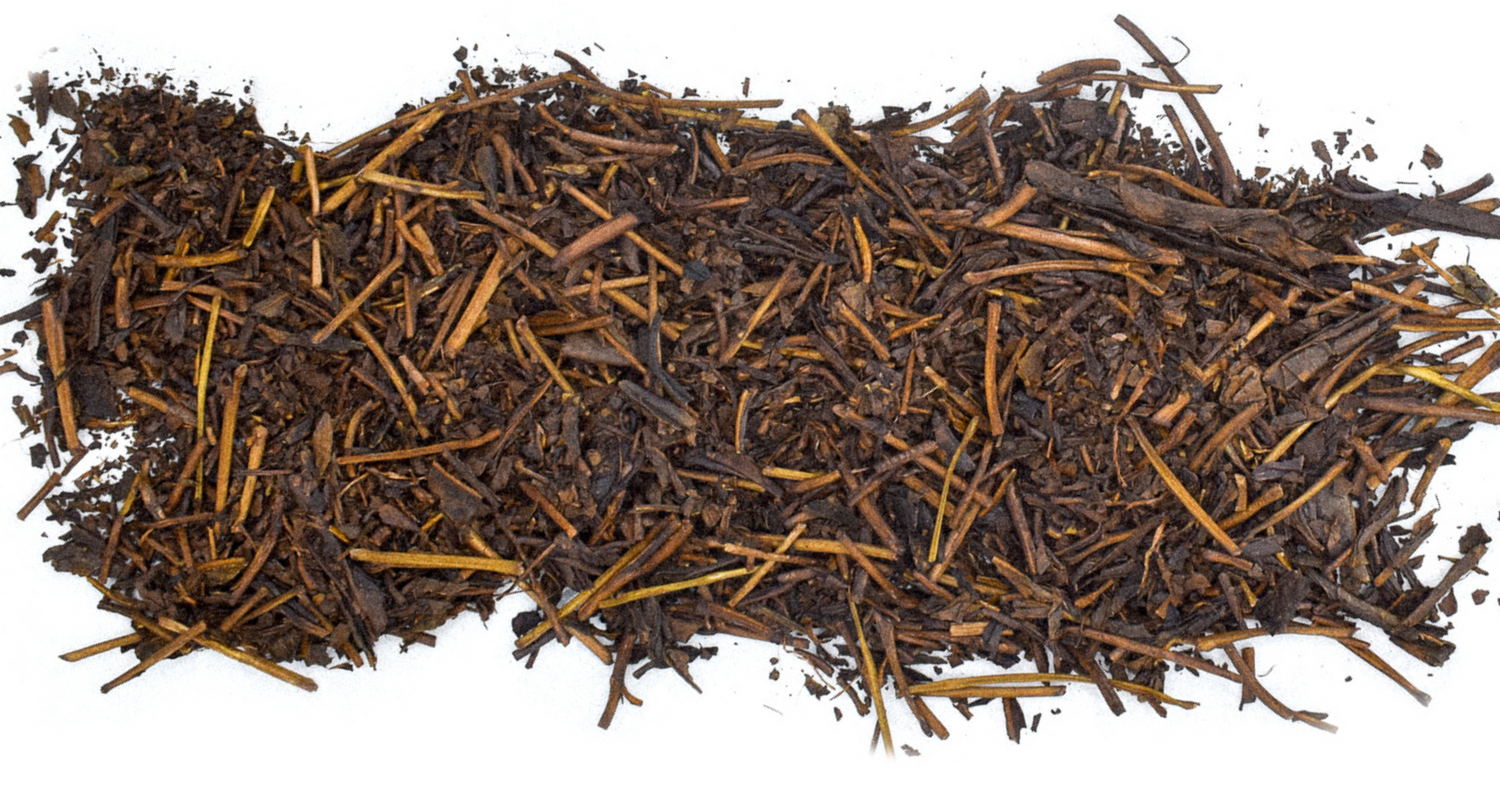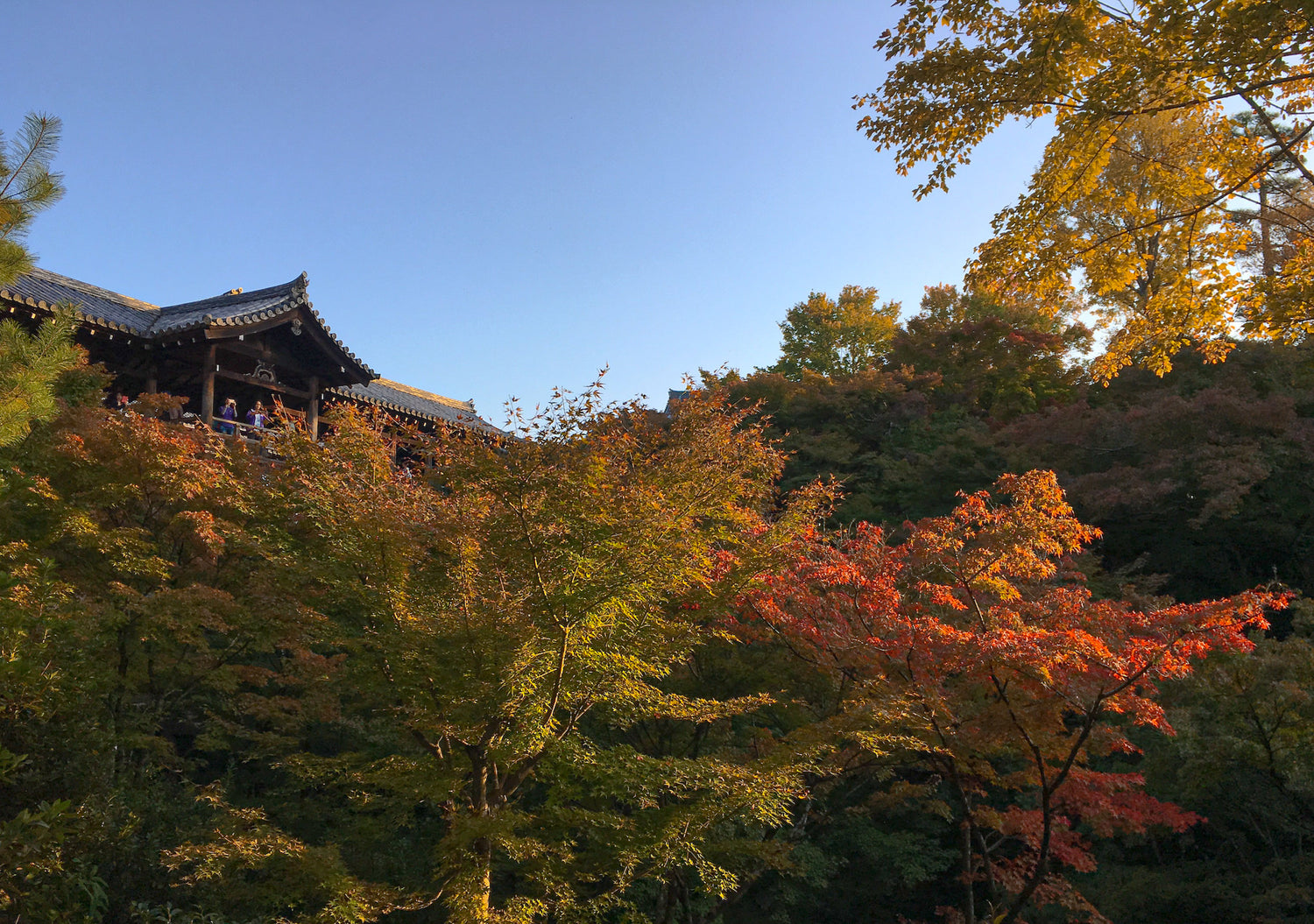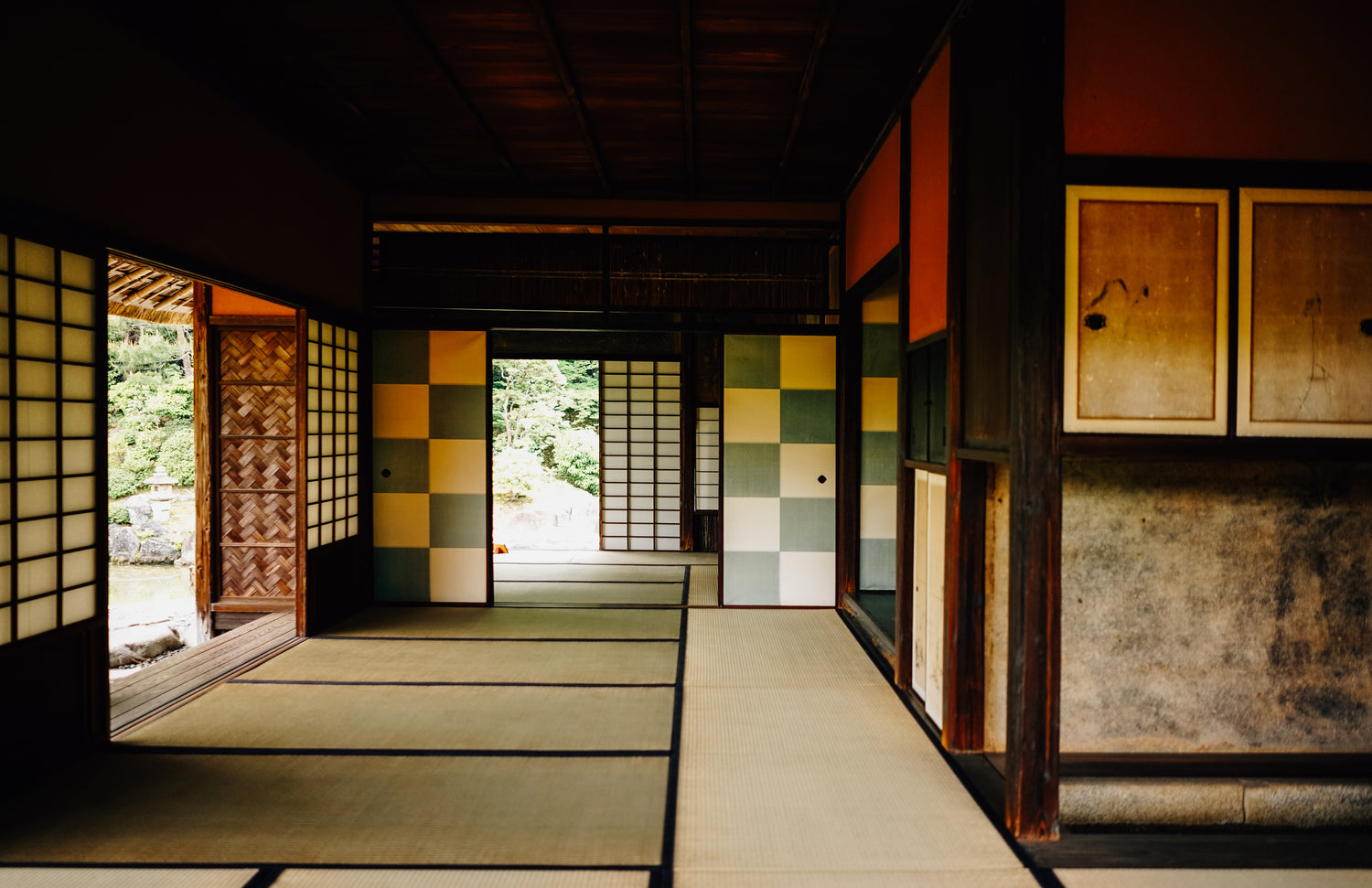-
Seikoen Tea Factory: Itoigawa Batabatacha Traditional Herbal Blend
Regular price £5.00 GBPRegular priceUnit price per -
Obubu Tea Farm: Dark Roast Hojicha
Regular price From £2.50 GBPRegular priceUnit price per -
Obubu Tea Farm: Genmai Hojicha
Regular price From £2.50 GBPRegular priceUnit price per -
Chiyonoen Tea Garden: Snowing Mountain Osobuki Hojicha
Regular price From £3.50 GBPRegular priceUnit price per -
Kaneroku Matsumoto-en: Yakushima Cedar Wood Smoked Hojicha
Regular price £6.60 GBPRegular priceUnit price per -
Yusando: Houjiro Hojicha
Regular price £7.50 GBPRegular priceUnit price per -
Yusando: Genmai Hojicha
Regular price £7.50 GBPRegular priceUnit price per -
Ohana Botanica: Menehune - Sansho Pepper Hojicha
Regular price £10.00 GBPRegular priceUnit price per -
2025 Japanese Tea Advent Calendar
Regular price £60.00 GBPRegular priceUnit price per -
Uejima Tea Farm: 3-year aged, Wazuka Sannen Bancha
Regular price From £4.50 GBPRegular priceUnit price per -
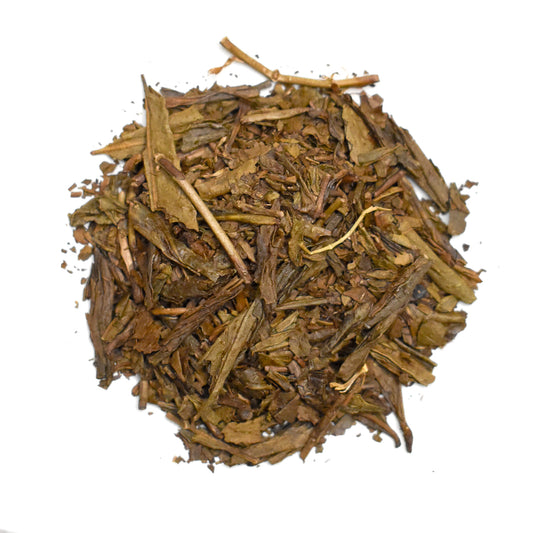 Sold out
Sold outObubu Tea Farm: Medium Roast Hojicha
Regular price £6.00 GBPRegular priceUnit price per -
Uejima Tea Farm: Naturally Grown Hojicha from Wazuka Village, Kyoto
Regular price From £2.50 GBPRegular priceUnit price per -
 Sold out
Sold outHojicha Discovery Box
Regular price £17.00 GBPRegular priceUnit price per -
 Sold out
Sold outNihoncha Discovery Box
Regular price £18.00 GBPRegular priceUnit price per
Varieties of Hojicha
-
Light Roast
Light roast hojicha has a subtle sweetness and a light toasted aroma.
-
Medium Roast
A beautiful balance of sweet and smokey, Medium Roast hojicha can be brewed dark and strong or lighter for a sweeter drink
-
Kuki Hojicha
Kuki hojicha is made predominantly of tea leaf stems making it sweeter than tea created with just leaves. This tea has a grassy, hay like flavour profiles.
-
Dark Roast
The deepest flavour of all hojicha teas. Dark Roast Hojicha often has flavours reminicent of tabbaco and dark chocolate.
-
Blended Hojicha
Whether its genmai toasted rice or spices the smokey and sweet flavour of hojicha tea lends itself well to blending with other flavours in hot tea, lattes or in a cocktail.
-
Powdered Hojicha
Hojicha powder is a versatile ingredient that can be used to make delicious autumnal lattes or in your baking to make divine cakes or cookies.
Health Benefits of Hojicha
Although hojicha looks like a dark tea it is actually a green tea and it goes through much the same processing as other Japanese green teas with the addition of roasting. Lucky for us, the roasting process does not affect the teas health benefits.
As with other Japanese green tea, Hojicha is steamed straight after harvesting and is not allowed to oxidise. This means it is high in antioxidants as well as a myriad of other good properties, some of which we've listed below.
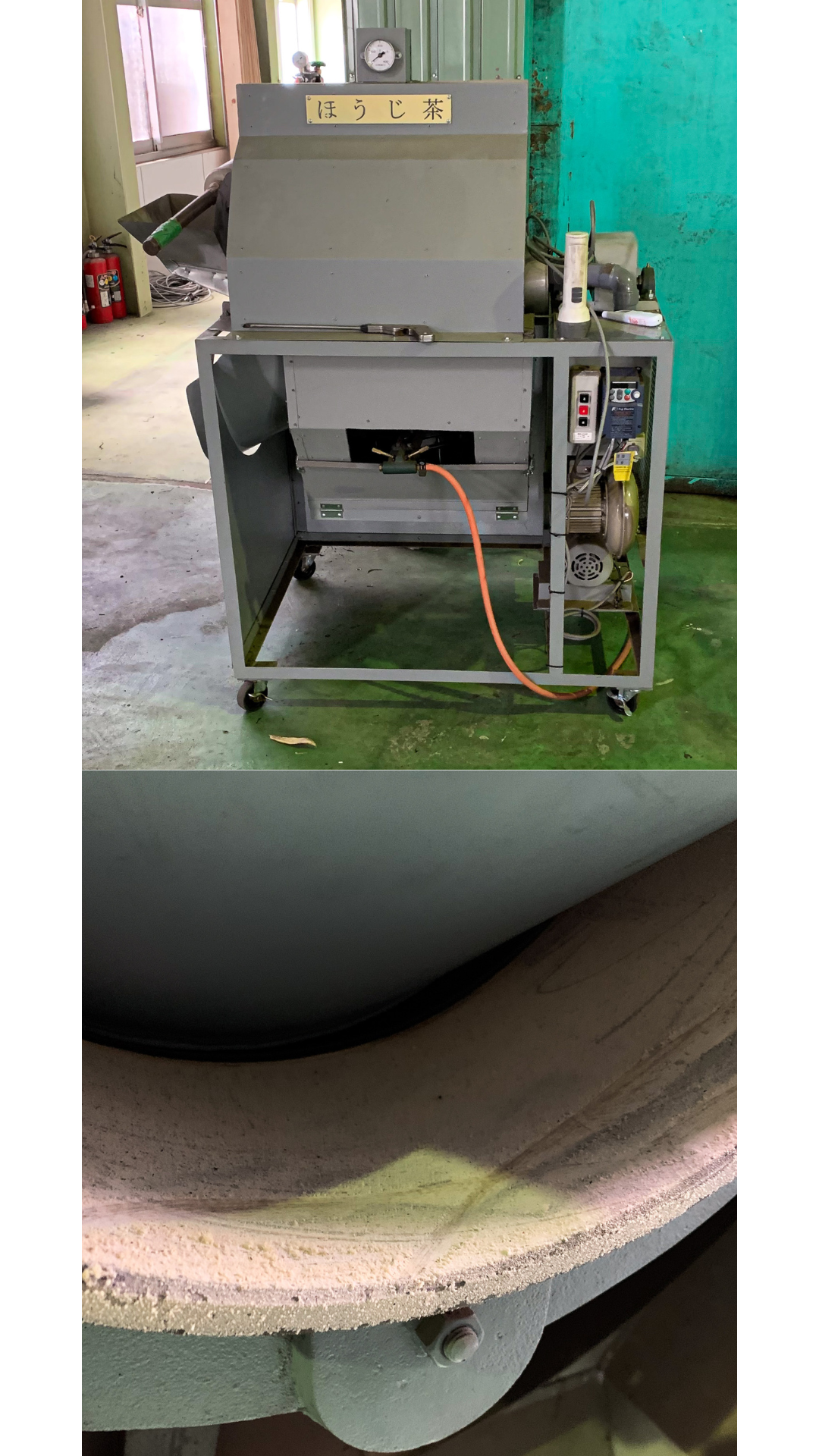
How is hojicha produced?
Hojicha was first created by roasting bancha tea leaves in the 1920’s in Kyoto. As Hojicha is a green tea the production follows that of any other Japanese green tea.
The leaves are steamed shortly after harvesting to avoid oxidation. These leaves are then cooled, rolled and dried. The dry leaves then go through the secondary stage of processing where they are sorted, cut and finally roasted. This roasting process is where the dark colour and low caffeine content come from.
Although traditionally Hojicha is made from bancha tea leaves we now see many farmers creating Hojicha from other green teas such as Sencha, Kabusecha, Tencha and Kukicha (stems)
Depending on the style of green tea cultivation; whether the leaves have been shaded and for how long and when the leaves are picked; spring, summer or autumn these factors all play into the various flavour profiles and health benefits found in the final tea.
Hojciha or Matcha powder?
both green tea powders, but what are the main differences?
-

Hojicha Powder
This tea should be whisked or blended with milk to make a tea latte.
Made from roasted green tea that has been ground in a machine with metal ball bearings. Hojicha powder is low in caffeine and makes a wonderful deep, slightly sweet and smokey drink before bed or can be served over ice for a refreshing summer drink.
Hojicha powder has an earthy smokey finish that lends itself well to being blended into cakes and cookies as well as being blended with spices.
-
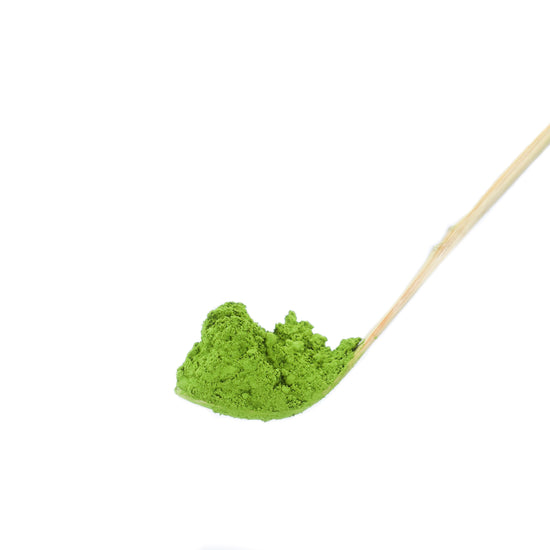
Matcha Powder
In stark contrast to Hojicha, Matcha tea powder is extremely high in caffeine. High quality matcha is ground using stone mills and has a very fine consistency.
Depending on the grade matcha can be drank as it is, whisked with water or can be blended with milk to create a tea latte.
Matcha has a bright green colour and contains high levels of umami as well as natural grassy, vegetal sweetness.
Matcha powder is also suitable for baking and usually gives a more bitter tea flavour to dishes.
